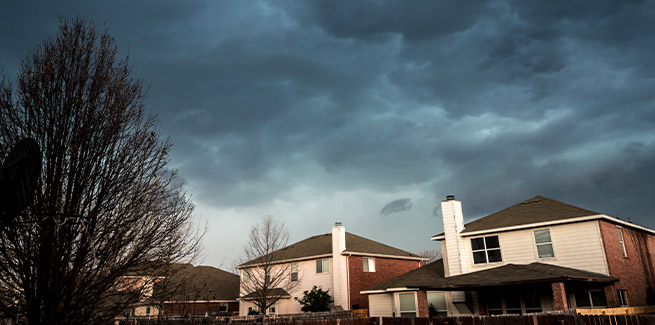A new analysis of state government budgets from Moody’s Investors Service has revealed that house price declines have wiped a cumulative $5.51 billion off the previously budgeted transfer duties for 2020 from the 2018 property peak and would likely remain weak in 2020 in the larger eastern states of NSW, Victoria and Queensland.
According to Moody’s, the decline in property-related revenue would coincide with “record” capital expenditure programs, which it said would cause debt to rise “more rapidly than revenue”.
“Capital spending could also materially exceed the budget forecasts in several states, with major new multibillion-dollar infrastructure projects in their early planning stages largely excluded from the 2020 budgets,” Moody’s Investors Service stated.
“The funding requirements of Australian states project a significant increase in debt over the four years to fiscal 2023, averaging around $45 billion per year, which in conjunction with narrowing operating margins will weaken states’ credit profiles.”
Moody’s analysis follows research published in the Housing Industry Association’s latest Stamp Duty Watch report, which revealed that home buyers paid $18.9 billion in stamp duty across Australia in the 2018-19 financial year, down from $21.3 billion the previous year.
According to the HIA, the majority of the reduction in stamp duty revenues was “due to the downturn in the housing market”, which has been marked by a decline in the value of dwelling approvals, falling home prices and a drop in home loan approvals.
However, Moody’s also claimed that states would be vulnerable to cost pressures in education and health over 2019-23, off the back of population growth and ageing demographics.
“This could erode fiscal balances and operating margins for some states. Additional debt funding could be required if states do not meet their low expenditure targets or if there are slippages in capital spending programs,” Moody’s added.
“Furthermore, pressure arising from education and/or healthcare spending could result in downward pressure on states’ standalone credit profiles.”
[Related: States lose billions in revenue to housing downturn]
 ;
;